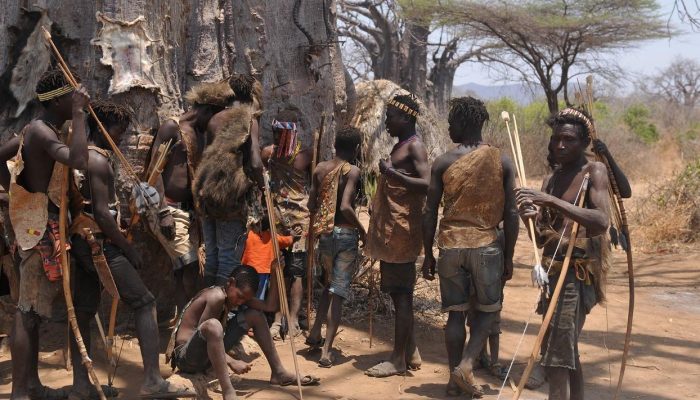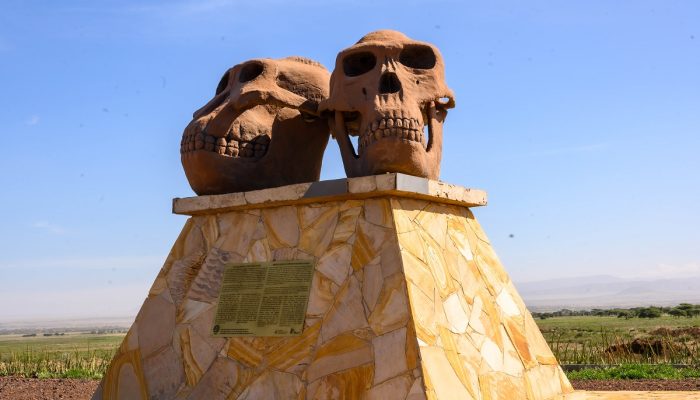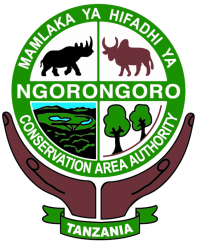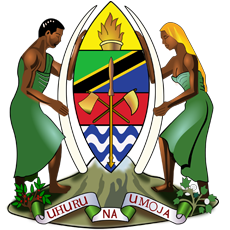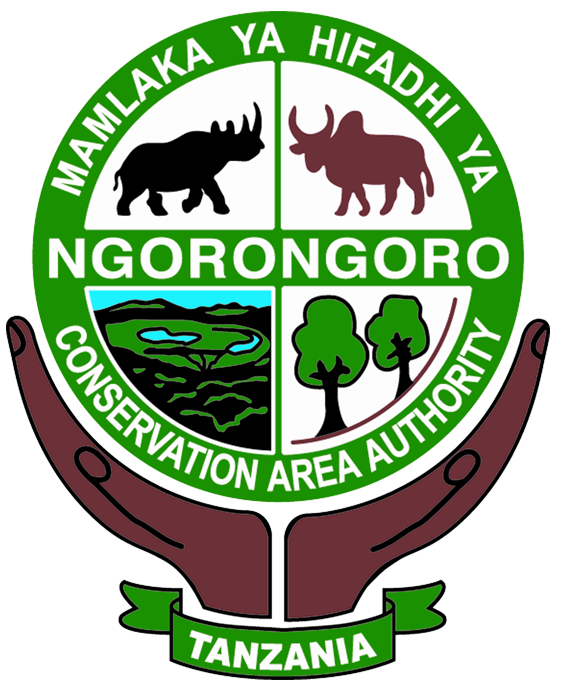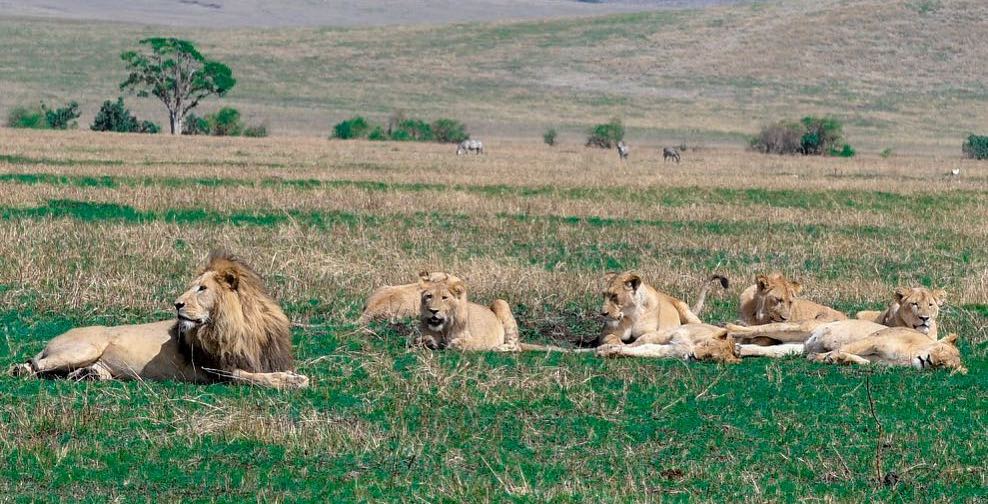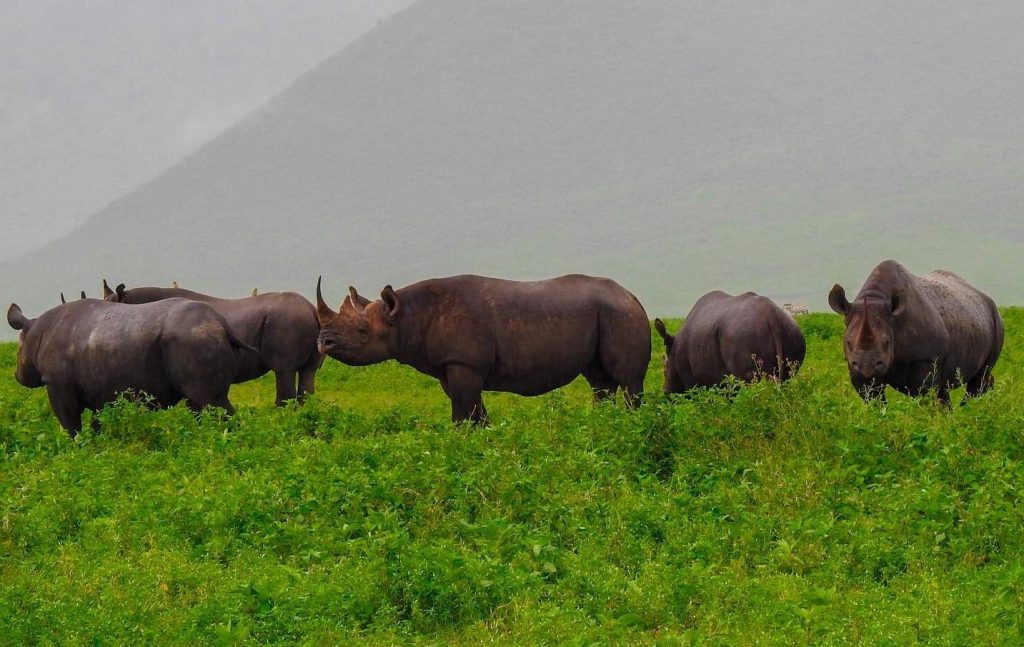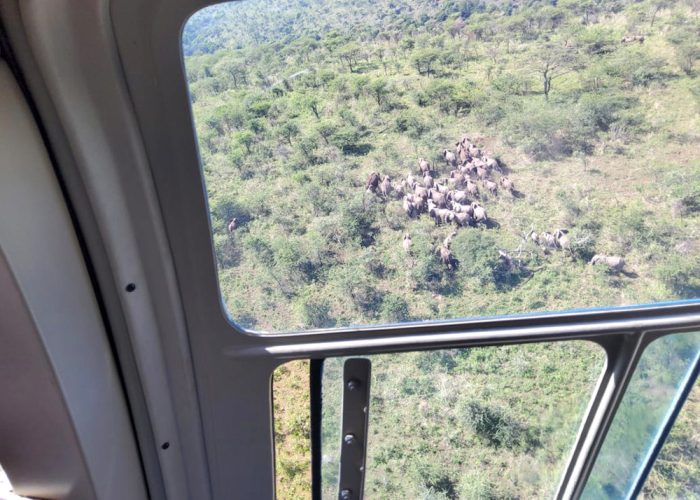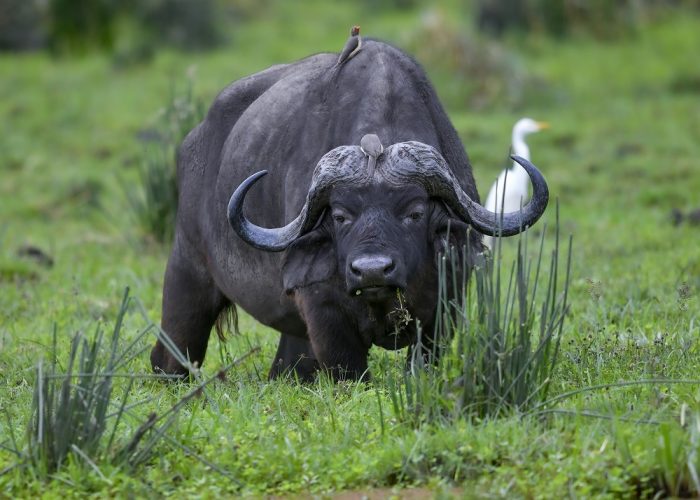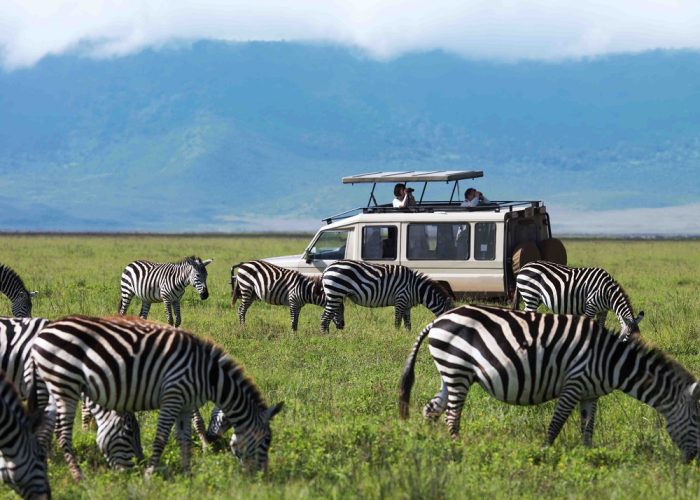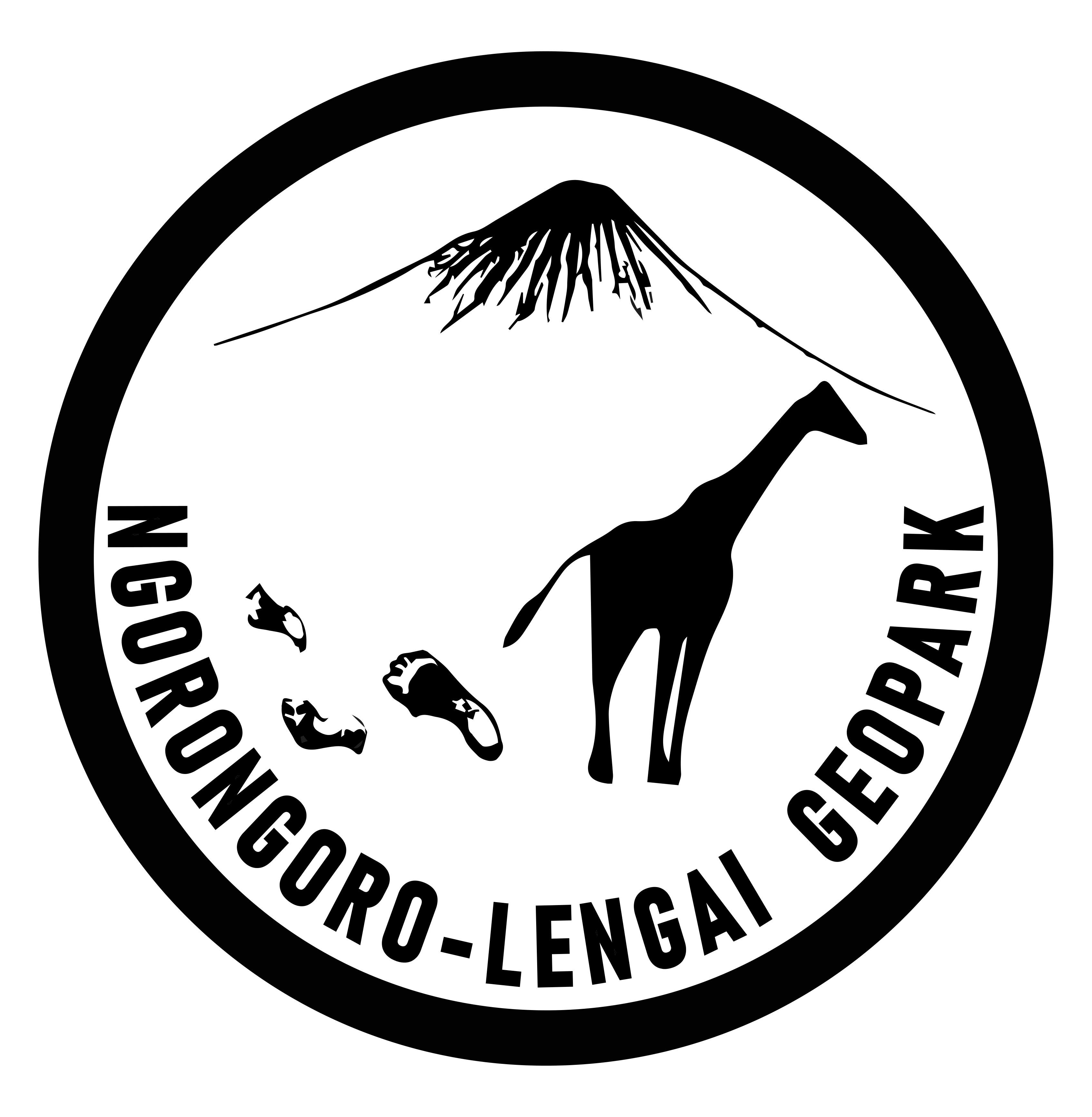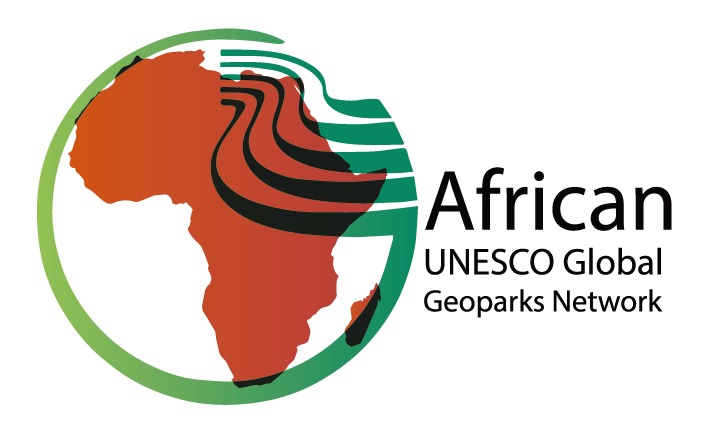To capture the ecological variations in the area, wildlife censuses are conducted seasonally (during the wet and dry seasons). The entire procedure of obtaining the required information is carried out by using transects methodology crossing through various types of vegetation in the Ngorongoro Conservation Area.
During the survey, ecological data are collected, including the number of individual species, location (by GPS coordinates), age, sex, area or block name, and the type of wildlife species by common and scientific name. It’s an indispensable requirement for ecologists to be aware of this information in order to develop effective planning, conservation, and management strategies.
The Ngorongoro Conservation Area has so far managed to retain a substantial number of wildlife species due to forage availability. Throughout the year, the trending of wildlife species is increasing; for example, in the Ngorongoro crater, the number of wildlife species is estimated to range between 26,000 and 28,000 according to internal population data. The Ngorongoro crater and surrounding areas within the Ngorongoro Conservation Area are home to a variety of wildlife species, including Elephants, Black rhino, Giraffe, Leopard, Cheetah, Buffalo, Hippopotamus, Impalas, Thomson, among others. The avian species include Ostriches, Flamingos, Kori bustards, and Ground horn bill, Sun birds, Cattle egret, Ducks, just to name a few. Reptilians include different species of snakes, chameleons, a rare number of crocodiles, and lizards.
The International Union for Conservation of Nature (IUCN) lists all other species as having stable population status, with the exception of the black rhino, which is considered an endangered species.
